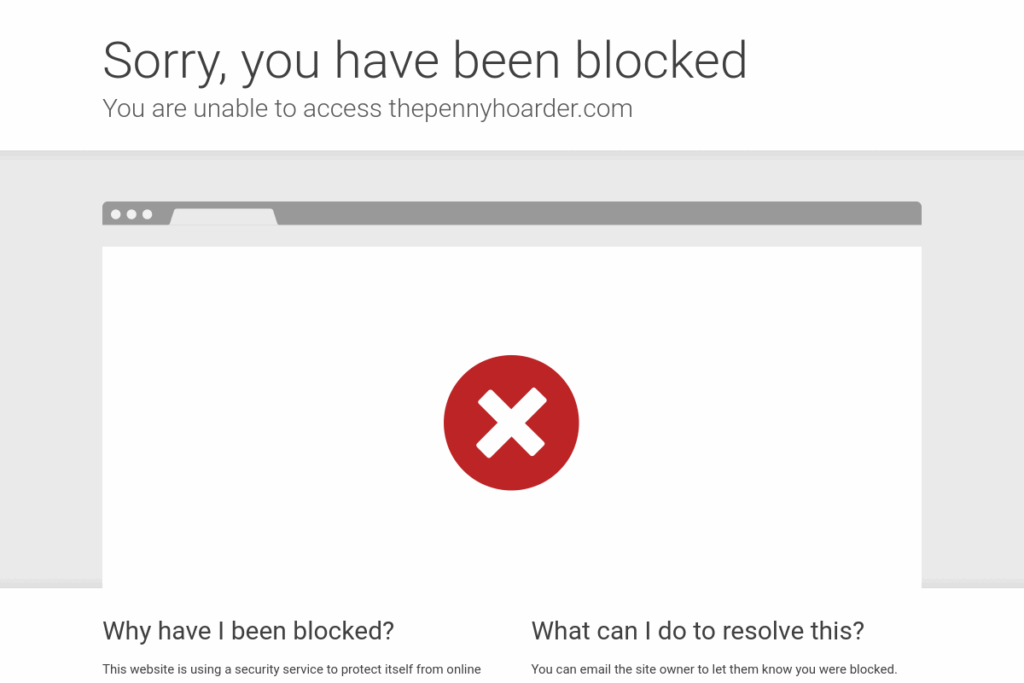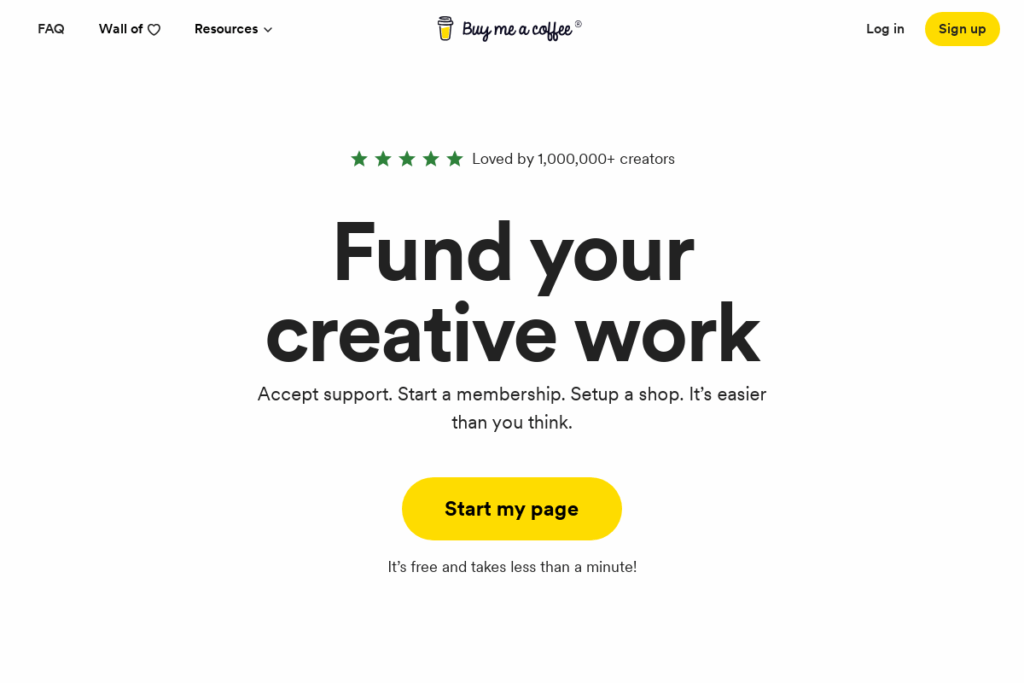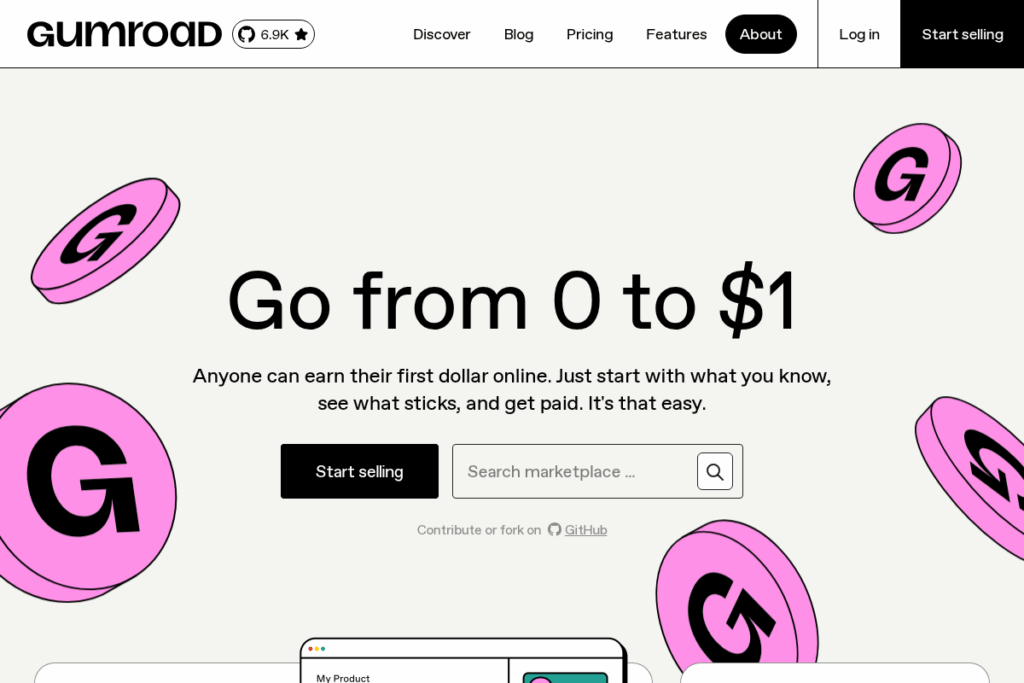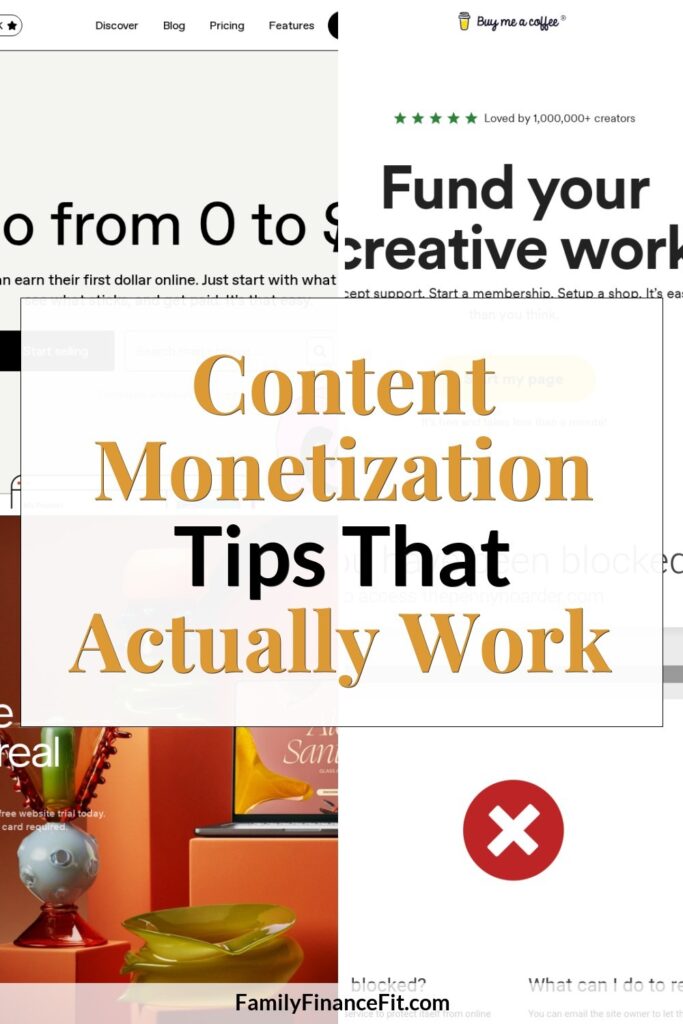There’s something magical about earning income from your creativity. My own journey began with a simple side blog—a creative outlet that, over time, blossomed into a thriving online business and gave me the financial freedom to leave my traditional job. If you’re eager to transform your passion for writing, sharing, or teaching online into real revenue, you’re in the right place. In this guide, I’ll break down how to get paid for your content, step by step, emphasizing flexibility and balance so you can build your business while still enjoying the little joys that make life worth living.
1. Define Your Content Niche and Audience
Before you start earning, get crystal clear about who you want to reach and what topics truly excite you. Whether it’s personal finance, travel, parenting, or DIY, honing in on a specific niche makes your voice stand out online and attracts the right readers. Research your target audience’s needs and pain points using free tools like Google Trends or Answer the Public to spark content ideas. The niche you choose shapes your future monetization strategies, from affiliate marketing to digital products. If you need inspiration or want to see lucrative ideas, review these business ideas for long term to get a head start. Start with what you know and genuinely love—the right topic can sustain your motivation through the ups and downs of online entrepreneurship.
2. Select the Right Blogging Platform

The right platform impacts your credibility, growth, and income potential. Many creators start with WordPress for its flexibility and scalability, while hosted options like Squarespace or Wix simplify setup. Consider long-term needs—self-hosted blogs put you in control of design and ad placements. Evaluate platforms based on ease of use, adaptability, and monetization compatibility. Many experts recommend comparing your options using recent independent reviews of blogging services for nuanced insight. Whichever you choose, focus on site design and navigation that invites readers to stay, explore, and subscribe. This first impression will pay dividends as your content—and income—grow.
3. Master Content Creation and SEO
High-quality content fuels your income. Aim for clear, engaging posts that deliver immediate value to your audience, whether you’re teaching, entertaining, or solving a problem. Use strong visuals, relatable stories, and a unique voice. To truly get your content noticed, invest time learning basic SEO: use keywords naturally, structure posts for readability, and optimize meta descriptions. Free resources like Moz’s SEO beginner’s guide break these steps down in detail. Demonstrate authority through detailed guides and thoughtful opinion pieces. And remember, consistency matters—develop a publishing rhythm that’s sustainable and enjoyable for you. If you want even more ideas for monetizable niches, explore concepts like paid writing gigs online to spark creativity and widen your reach.
4. Monetize with Affiliate Marketing and Ads

Affiliate marketing lets you earn passive income by recommending products or services; you earn a commission for every purchase made through your referral links. Sign up for programs like Amazon Associates or eBay Partner Network. Focus on promoting products that genuinely align with your values and content. Ads are another avenue—once you have steady website traffic, apply for ad networks like Google AdSense or consider Mediavine if your numbers are higher. Both require compliance with privacy standards and thoughtful placement to avoid overwhelming your readers. For success stories and actionable tips, read expert advice from Forbes’ content monetization round-up. Remember: authenticity leads to trust, and trust leads to clicks.
5. Offer Sponsored Content and Direct Services

As your site or social accounts gain authority, brands may reach out with offers for sponsored content or partnerships. Set transparent guidelines: only feature brands and opportunities that truly reflect your values and benefit your audience. Demystify your rates by checking industry-standard calculators and avoid underpricing your reach. In addition to sponsored posts, expand your offerings by selling direct services: consulting, freelance writing, or coaching in your field of expertise. For writers, pitching guest posts to established outlets can also generate income—this Penny Hoarder guide outlines how to get started. Remember to disclose sponsored material to maintain reader trust and meet FTC guidelines.
6. Sell Digital Products and Memberships

For long-term revenue, consider selling your own digital products—ebooks, printable planners, courses, or premium newsletters. This model gives you ownership over both content and profit. Platforms such as Teachable or Gumroad make launching digital offers simple, while email marketing tools help you nurture leads. Explore what resonates with your audience; even a small, well-targeted product can generate consistent income. For recurring revenue, build a membership community using services like Patreon or Buy Me a Coffee. If you excel at visual content, read this creative guide on how to monetize artistic skills online for additional ideas. Digital products leverage your expertise many times over with each sale, helping you step closer to real financial freedom.
Creating content online is a powerful way to combine passion, flexibility, and long-term wealth building. You don’t have to sacrifice what you love—by taking steady, intentional steps, your side project can become a source of sustainable income or even a full-time business. To add even more earning power, consider seasonal opportunities like unique summer money-making ideas. Embrace the process, keep learning, and your creative business can unlock financial independence on your terms.

